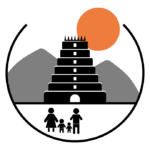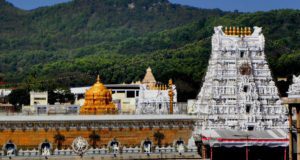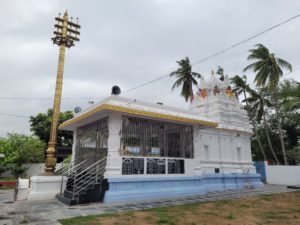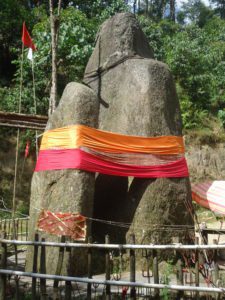Temple Location
Today Closed UTC+5.5
08:00 AM - 01:00 PM
02:30 PM - 05:30 PM
-
Monday
08:00 AM - 01:00 PM 02:30 PM - 05:30 PM
-
Tuesday
08:00 AM - 01:00 PM 02:30 PM - 05:30 PM
-
Wednesday
08:00 AM - 01:00 PM 02:30 PM - 05:30 PM
-
Thursday
08:00 AM - 01:00 PM 02:30 PM - 05:30 PM
-
Friday
08:00 AM - 01:00 PM 02:30 PM - 05:30 PM
-
Saturday
08:00 AM - 01:00 PM 02:30 PM - 05:30 PM
-
Sunday
08:00 AM - 01:00 PM 02:30 PM - 05:30 PM






